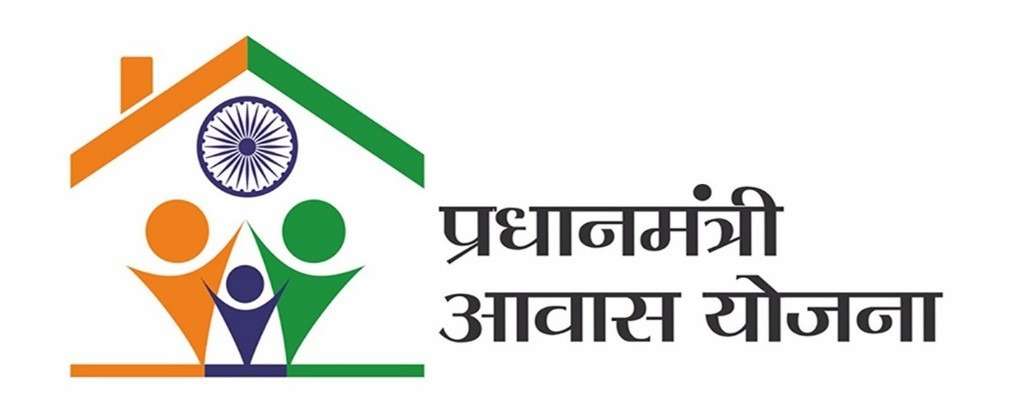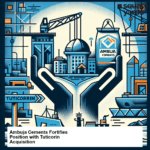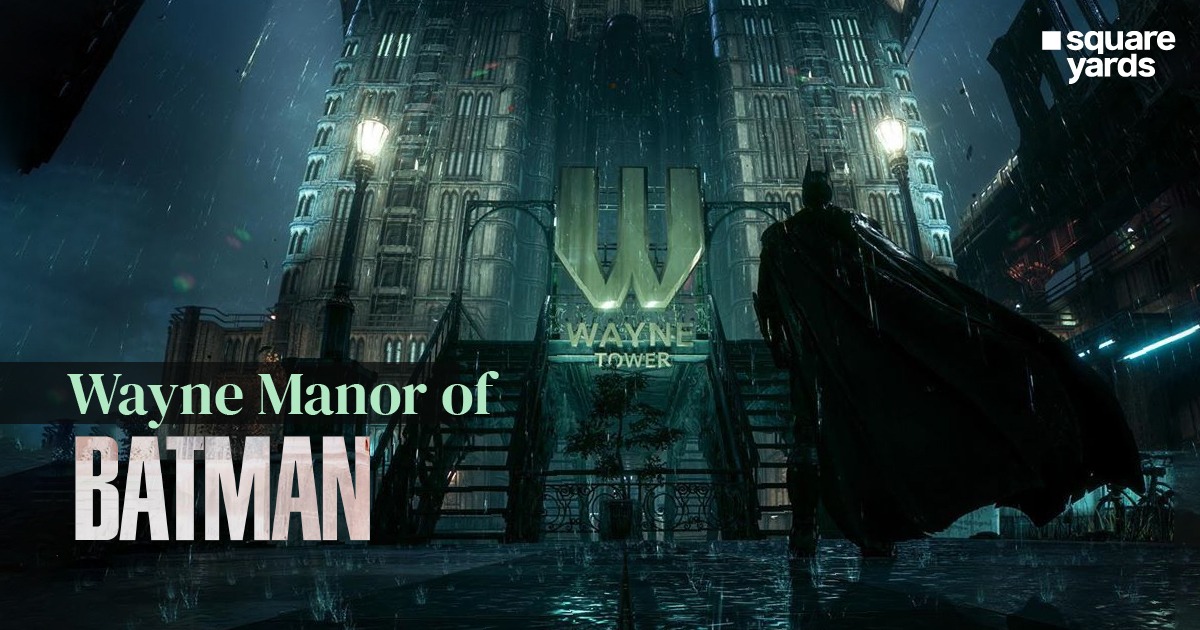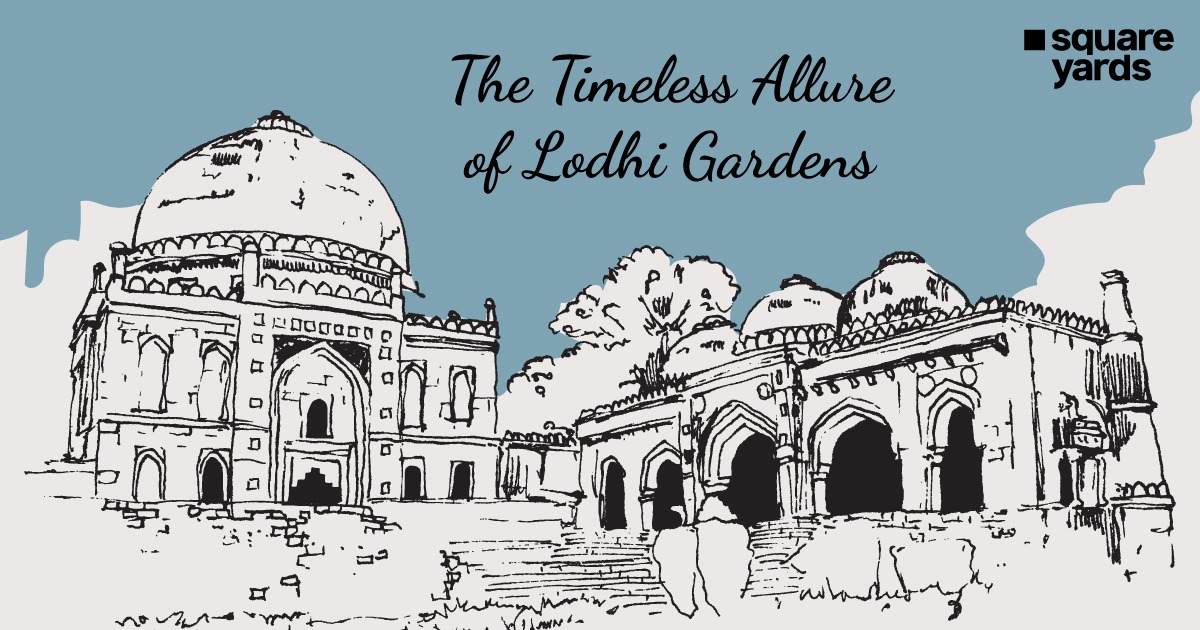In what appears to be a major boost for the affordable housing sector in the country, the Central Government is steadily transforming the delivery dynamics with regard to interest subsidies offered to eligible applicants under the Pradhan Mantri Awas Yojana (PMAY) scheme in urban areas. The Central Government is aiming at reaching out to more people under its Housing for All by 2022 blueprint at a crucial time prior to the Lok Sabha elections.
How it works
Earlier, first-time homebuyers would have to spend time and energy in waiting at their bank branches for getting these subsidised home loans. Now, the Central Government will be leveraging income tax details and other information for identification of prospective beneficiaries. These people will be getting a certificate from the income tax department. This can be used by them for availing of a subsidized loan accordingly.
The Pradhan Mantri Awas Yojana (PMAY) is available for people with annual incomes up to Rs. 18 lakh for building houses or buying apartments. These buyers are eligible for getting credit linked subsidies up to Rs. 6 lakh over 20 years. There is a concession upfront of around Rs. 2.5-2.7 lakh. Till the end of December 2018, 3.4 lakh individuals had already taken advantage of the benefits being offered under the PMAY scheme. The number should be several times higher as suggested by key officials.
This has not happened yet since several beneficiaries are still clueless about the benefits available to them under PMAY. Another reason is that many people are wary of running around here and there in order to get the interest subsidy. With the Central Government close to finalizing this new system of operation, it will be like 59 minute loans offered to small businesses as per experts. Many more citizens and prospective homebuyers will now come forward to tap into PMAY benefits.
How soon will this be implemented?
The key details of the scheme have already been worked out by the Central Government and financial institutions. These have already been discussed at a vital meeting organized by Indian banking institutions with Piyush Goyal, the interim finance minister. The finer nuances of this system will be worked out over the next few days by a committee comprising of D S Mishra, the housing secretary and four bankers. The scheme is expected to be declared officially within a week as per reports. This is another scheme on the lines of earlier plans unveiled by the Narendra Modi-led Central Government with an aim towards helping those below the poverty line or in the taxation net.
The new system may just be a last-minute thrust for home loans prior to the general elections which are due in the April-May 2019 period. However, the Central Government holds the belief that there will be a long-term benefit for the affordable housing and mid-range housing segments in the Indian real estate market. This will also help the Central Government inch closer to its Housing for All by 2022 mission. The increasing relevance of PMAY will also boost the real estate and construction sectors in the country while helping in the creation of more jobs at the same time.
Key Tenets of PMAY
PMAY has been a game changer for prospective homebuyers, enabling them to purchase their own properties without major hassles. The Government has also brought GST down to 8% on affordable housing which is another incentive for buyers applying for loans under CLSS (Credit Linked Subsidy Scheme), PMAY. The maximum carpet area eligible under the PMAY scheme is 150 sqm.

Eligible Applicants-
- Economically Weaker Section- Annual household income below Rs. 3 lakh.
- Light Income Group (LIG) – Annual household income between Rs. 3-6 lakh.
- Medium Income Group 1 (MIG1) – Annual household income below Rs. 12 lakh.
- Medium Income Group 2 (MIG2) – Annual household income between Rs. 12-18 lakh.
- Women under LIG and EWS categories.
- Minorities including SC/ST/OBC and others (Caste & income certificates required).
Major Details-
Here are the details for the EWS and LIG sections-
| Category | Eligible Loan Amount | Balance Loan Amount | Interest Subsidy | Initial EMI | EMI after subsidy credit | Annual Savings |
| EWS | Rs. 3 lakh | Rs. 1,66,360 | Rs. 1,33,640 | Rs. 2,895 | Rs. 1,605 | Rs. 15,480 |
| LIG | Rs. 6 lakh | Rs. 3,32,720 | Rs. 2,67,280 | Rs. 5,790 | Rs. 3,211 | Rs. 30,948 |
In the MIG1 category, the maximum eligible loan amount is Rs. 9 lakh and interest subsidy annually is 4%. The maximum interest subsidy will be Rs. 2.35 lakh. The discount rate for calculating Net Present Value (NPV) of the subsidy is 9%. The maximum carpet area has to be 90 sqm for the house in question. The monthly EMI will be approximately Rs. 5,834 with the subsidy on interest. Without this, it will shoot up to Rs. 7,894 at 8.65%.
For the MIG2 category, interest subsidy annually is 3% and maximum subsidy is Rs. 2.3 lakh. The discount rate for NPV calculation is 9% and maximum carpet area has to be 110 sqm. The EMI at the rate of 8.65% is expected to be Rs. 8,059 with the subsidy. Without the subsidy, it goes up to Rs. 10,528.
The Key Take-Aways
Multiple financial institutions have already tied up with the Central Government via the Ministry of Housing & Urban Poverty Alleviation in this regard. They are now offering home loans which are linked to the PMAY. The Pradhan Mantri Awas Yojana is definitely one of the biggest housing reforms in recent years and should definitely give fresh impetus to the Indian real estate sector in the long run.
To conclude, here are the key take-aways for your perusal:
- Income tax details will be used for identification of potential beneficiaries
- IT department to issue certificates to these individuals
- They can use these certificates for availing of subsidized loans
- Scheme to be rolled out within the next few weeks











































